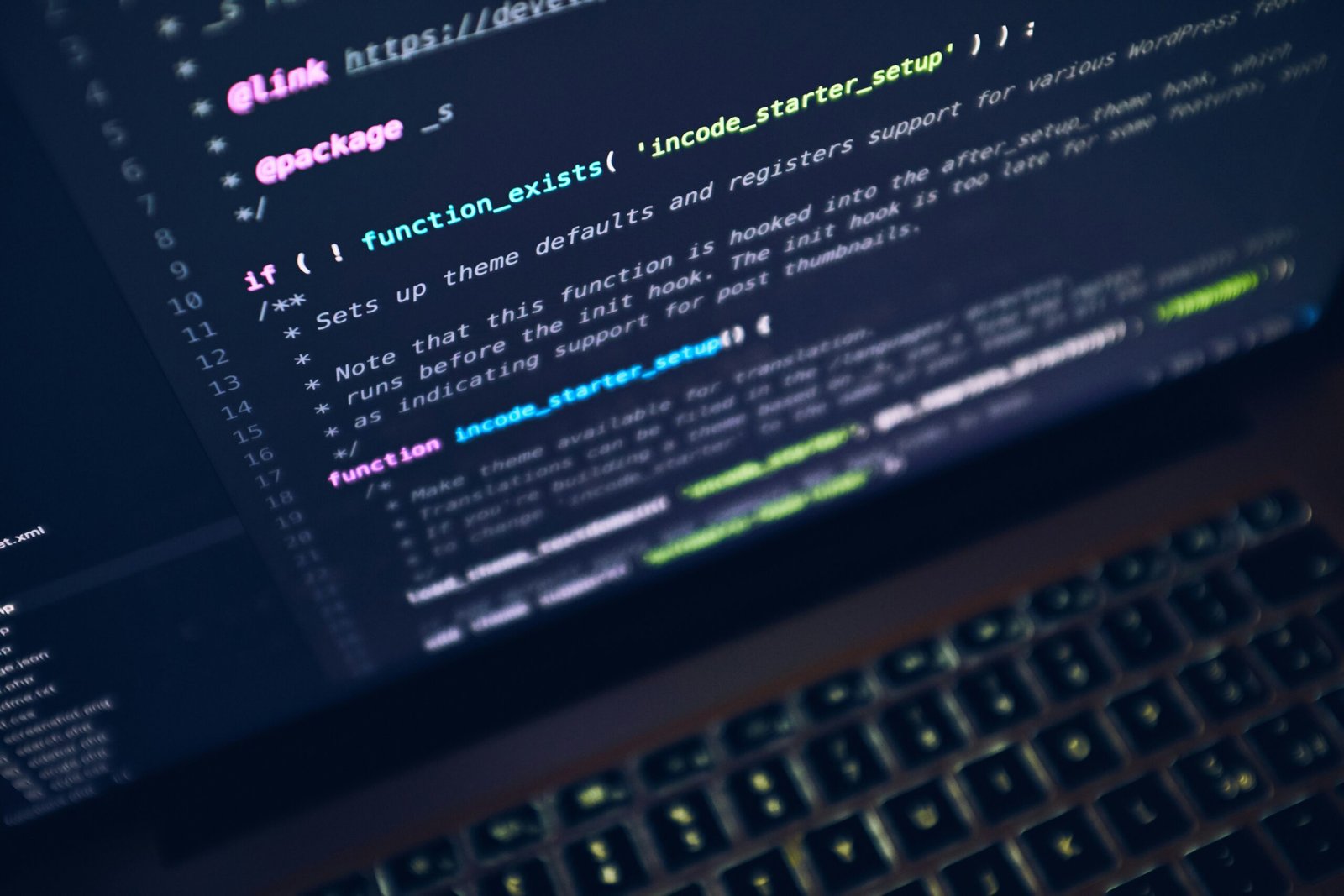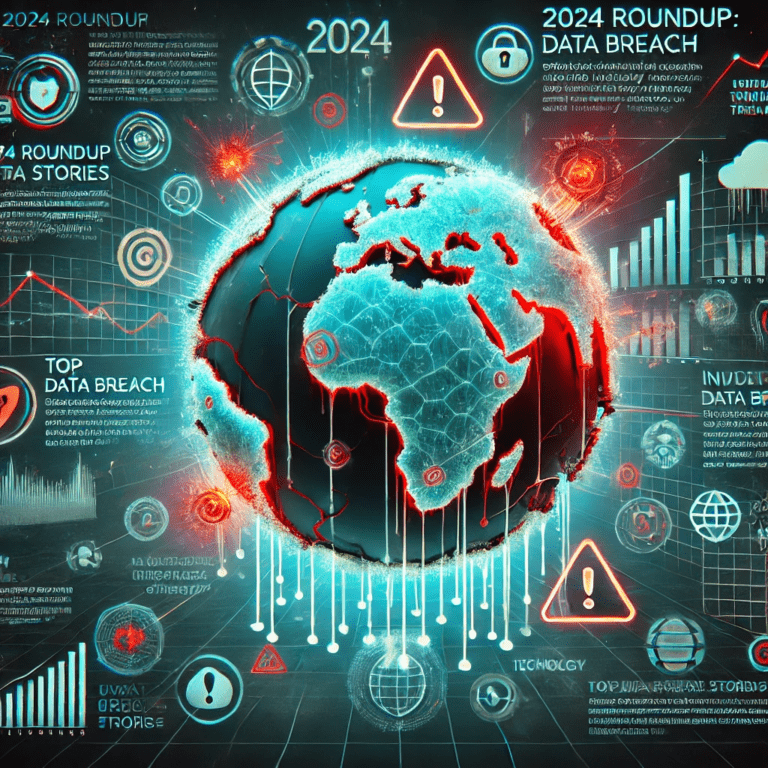Understanding the Business Risks of Deepfake Videos: How to Detect and Avoid Them
Introduction to Deepfake Technology
Deepfake technology represents a significant advancement in the field of artificial intelligence (AI) and machine learning (ML). At its core, a deepfake is a synthetic media in which a person in an existing image or video is replaced with someone else’s likeness. This technology leverages sophisticated AI algorithms to create highly realistic and often indistinguishable fake content. The term “deepfake” itself is a portmanteau of “deep learning,” a subset of AI, and “fake,” reflecting the deceptive nature of the output.
The creation of deepfakes involves the use of generative adversarial networks (GANs), a class of AI algorithms designed to generate new data that mimics the original data distribution. A GAN consists of two neural networks: a generator, which creates fake content, and a discriminator, which evaluates the authenticity of the content. These networks are trained in tandem, continually improving their performance until the generated content becomes virtually indistinguishable from real data.
Deepfake technology has its origins in the early 2010s, with initial developments focusing on improving the quality of AI-generated images and videos. Over the years, advancements in computational power and the availability of large datasets have significantly enhanced the accuracy and realism of deepfakes. This rapid evolution has made deepfake creation tools more sophisticated and accessible, allowing even individuals with limited technical expertise to produce convincing fake content.
The growing accessibility of deepfake technology poses substantial risks, particularly for businesses and public figures. Malicious actors can exploit these tools to create misleading videos or audio recordings, potentially causing reputational damage, financial loss, or even legal repercussions. As the technology continues to advance, the need for effective detection and mitigation strategies becomes increasingly critical.
Deepfake videos, powered by advanced AI technology, pose significant risks to businesses across various sectors. One of the primary threats is their use in sophisticated phishing attacks. Cybercriminals can create realistic videos of executives instructing employees to transfer funds or share confidential information, leading to significant financial losses and data breaches.
Another critical risk is corporate espionage. Bad actors can use deepfakes to impersonate key personnel, gaining unauthorized access to proprietary information or influencing strategic decisions. For example, a deepfake video of a CEO discussing a non-existent merger could prompt stakeholders to make decisions based on false information, causing market disruptions and competitive disadvantages.
Financial fraud is another area where deepfakes can wreak havoc. Manipulated videos can affect stock prices by spreading false information about a company’s performance or future prospects. A fabricated announcement of a product recall or financial downturn could lead to precipitous drops in stock value. Conversely, false positive news could artificially inflate stock prices, leading to regulatory scrutiny and loss of investor trust when the truth emerges.
Reputational damage is a further concern. Deepfake videos can be used to create compromising scenarios involving company executives or brand ambassadors, tarnishing a company’s public image. The fallout from such disinformation can be severe, leading to customer attrition, loss of business partnerships, and long-term brand damage.
Legal and regulatory implications also loom large for businesses targeted by deepfakes. Companies might face lawsuits from stakeholders who suffer financial losses due to manipulated information. Regulatory bodies may impose fines or sanctions for failing to safeguard against such threats. Additionally, businesses must navigate the complexities of proving the authenticity of communications and media in court, which can be both time-consuming and costly.
In essence, the multifaceted risks associated with deepfake technology necessitate robust defensive measures. Businesses must be vigilant and proactive in identifying and mitigating these threats to safeguard their financial standing, corporate integrity, and stakeholder trust.

Deepfakes in Action: Real-World Examples
Deepfake technology has rapidly evolved, making it possible to produce highly realistic and convincing fake videos and audio. This advancement has led to several high-profile incidents where deepfakes have been used with malicious intent against businesses. One notable example is the case of an energy company’s CEO whose voice was cloned by cybercriminals. The attackers used the deepfake audio to impersonate the CEO, convincing a subordinate to transfer a significant sum of money to a fraudulent account. This incident highlights the potential financial risks that deepfake technology can pose to organizations.
Another prominent case involved a deepfake video of a well-known multinational corporation’s executive making false statements about the company’s financial health. This video, which was widely circulated on social media, caused a temporary but severe drop in the company’s stock price. The incident not only resulted in financial losses but also eroded stakeholder trust and damaged the company’s reputation. These cases underscore the increasing sophistication of deepfake attacks and their far-reaching consequences for businesses.
Moreover, deepfakes have been employed in corporate espionage, where attackers create fake videos of business leaders in compromising or inappropriate situations. These videos are then used to blackmail the targeted individuals or to discredit them publicly. The use of deepfake technology in such scenarios demonstrates the diverse and evolving nature of threats that businesses must contend with in the digital age.
The frequency of deepfake attacks has been rising, with cybercriminals continually refining their techniques to bypass detection measures. As these malicious actors become more adept at creating believable deepfakes, the urgency for businesses to develop and implement robust detection and prevention strategies cannot be overstated. Companies must stay informed about the latest advancements in AI and deepfake technology to protect themselves from these sophisticated threats.
DeepFaceLab stands as a prominent software tool for the creation of deepfake videos, offering a range of sophisticated features that cater to both amateur and professional users. At its core, DeepFaceLab enables face swapping, allowing users to superimpose one individual’s face onto another’s with remarkable accuracy. This feature is bolstered by advanced algorithms that ensure the seamless integration of facial expressions and movements, thereby producing highly realistic results.
Beyond face swapping, DeepFaceLab also offers voice cloning capabilities. This involves the replication of a person’s voice using deep learning techniques, enabling the synthesis of speech that closely mimics the original speaker. The combination of visual and auditory manipulation makes DeepFaceLab a powerful tool for creating convincing deepfakes that can easily deceive an unsuspecting audience.
Another noteworthy feature of DeepFaceLab is its ability to manipulate entire video sequences. Users can edit and alter video content to create scenarios that never occurred, adding a layer of complexity to the deepfake. This manipulation extends to altering backgrounds, adjusting lighting, and even modifying the age and gender of subjects within the video, further enhancing the tool’s versatility.
One of the reasons for DeepFaceLab’s popularity is its accessibility. The software is open-source and available for free, allowing a wide range of users to experiment with deepfake creation. Additionally, the user interface is designed to be intuitive, making it possible for individuals without extensive technical expertise to produce high-quality deepfakes. Comprehensive tutorials and a supportive online community further lower the barrier to entry, empowering even novices to engage with the software effectively.
However, the ease of use and accessibility of DeepFaceLab also raise significant ethical concerns. The potential for misuse is high, as individuals with malicious intent can exploit the software to create deceptive or harmful content. This underscores the importance of ethical considerations and the need for regulatory frameworks to mitigate the risks associated with deepfake technology. Responsible use and awareness of the potential consequences are crucial in navigating the complex landscape of AI-driven video manipulation.

Detecting Deepfake Videos
The proliferation of deepfake videos poses significant challenges for businesses, making the detection of such content critical. Detecting deepfake videos involves a combination of manual analysis and automated tools powered by artificial intelligence (AI) and machine learning (ML). Each method has its strengths and weaknesses, necessitating a comprehensive approach to effectively spot these deceptive creations.
Manual detection methods rely on scrutinizing visual and audio inconsistencies. For instance, deepfake videos often exhibit unnatural eye movements, irregular blinking patterns, and mismatched lip-syncing. Additionally, discrepancies in lighting and shadows, and inconsistencies in the background can serve as telltale signs. Audio analysis can reveal anomalies in speech patterns, intonation, and background noise, which may indicate manipulated content. However, these manual techniques require significant time and expertise, making them less feasible for large-scale or rapid deployment.
Automated detection tools offer a more scalable solution. AI and ML algorithms are trained to identify deepfakes by analyzing vast datasets of authentic and fabricated media. These tools can detect subtle artifacts left behind by deepfake generation processes, such as pixel-level inconsistencies and temporal anomalies. Prominent examples include Microsoft’s Video Authenticator, which can analyze photos and videos to provide a confidence score on their authenticity, and Google’s Assembler, which aggregates multiple detection signals to evaluate content credibility.
Despite their advancements, current detection technologies face limitations. Deepfake creators continuously refine their techniques, making it an ongoing challenge to stay ahead. Automated tools may produce false positives or negatives, and manual methods are not infallible. Ongoing research aims to enhance detection capabilities, employing advanced neural networks and collaborative efforts between tech companies and academic institutions.
For businesses, implementing a multi-layered detection strategy is vital. Regularly updating detection tools, training staff to recognize deepfake signs, and collaborating with cybersecurity experts can fortify defenses. Additionally, fostering a culture of skepticism and verifying the sources of critical information before dissemination can mitigate the risks associated with deepfake videos.
Preventative Measures for Businesses
Businesses today face a growing threat from deepfake videos, which can undermine trust, damage reputations, and lead to significant financial losses. To mitigate these risks, it is crucial for companies to adopt comprehensive strategies that encompass cybersecurity, employee training, and advanced technologies.
First and foremost, robust cybersecurity measures are essential. Implementing strong firewalls, intrusion detection systems, and regular security audits can help in preventing unauthorized access to sensitive information that could be exploited to create deepfakes. Additionally, ensuring that all software is up-to-date and employing multi-factor authentication for access to critical systems can further fortify defenses.
Employee training and awareness programs play a pivotal role in safeguarding a business from deepfake attacks. By educating employees about the nature of deepfake threats and how to recognize them, businesses can foster a culture of vigilance. Training should cover identifying telltale signs of deepfakes, such as unnatural facial movements or inconsistencies in audio and video quality. Regular drills and updates on the latest deepfake tactics can keep the workforce prepared and responsive.
Establishing protocols for verifying sensitive communications and transactions is another vital step. Businesses should implement multi-layered verification processes, especially for high-stakes communications. This may include confirming details via multiple channels or using secure, encrypted communications. For instance, a protocol requiring voice or video verification in addition to email confirmation can significantly reduce the risk of falling victim to deepfake scams.
Leveraging advanced technologies such as blockchain can enhance the security of authentication processes. Blockchain’s immutable ledger can provide a reliable method for verifying the authenticity of digital content, ensuring that any tampering or malicious alterations are readily detectable. Businesses that integrate blockchain solutions into their verification processes can achieve a higher level of trust and security.
Several companies have successfully implemented these preventative measures. For example, a leading financial institution has adopted a multi-factor authentication system combined with blockchain technology to secure its transactions. Another tech firm conducts regular deepfake detection drills, ensuring that employees are well-versed in recognizing and responding to potential threats.
By adopting a multifaceted approach that includes robust cybersecurity, comprehensive employee training, and advanced technological solutions, businesses can effectively protect themselves from the insidious threat of deepfake videos.
Legal and Regulatory Considerations
As deepfake technology continues to evolve, the legal and regulatory landscape is adapting to address its implications in business contexts. Various jurisdictions have introduced laws and regulations targeting the creation and dissemination of deepfake videos, recognizing the potential for harm and misuse. In the United States, for example, the Malicious Deep Fake Prohibition Act aims to criminalize the distribution of deepfake content intended to deceive or cause harm. Similarly, California has enacted laws that specifically target the use of deepfakes in elections and pornography.
Businesses must be vigilant about the potential legal liabilities that arise from being targeted by deepfakes. Companies can be subject to defamation claims, intellectual property infringements, and other legal challenges if deepfake content misrepresents their operations, products, or executives. It is crucial for businesses to establish robust monitoring mechanisms to detect and respond swiftly to deepfake threats, thereby mitigating potential legal fallout.
Emerging legislative efforts are also focusing on establishing industry standards to combat the misuse of deepfake technology. The European Union, for instance, is actively working on regulatory frameworks that encompass artificial intelligence (AI) and deepfakes, emphasizing the need for transparency, accountability, and ethical use of technology. These frameworks aim to protect consumers and businesses alike from the adverse effects of malicious deepfake activities.
Legal advice is paramount for businesses navigating these complexities. Consulting with legal professionals who specialize in technology and intellectual property law can provide valuable insights and strategies for compliance. Additionally, businesses can access resources such as the Federal Trade Commission’s guidelines and industry-specific best practices to stay informed about their legal obligations and rights in the context of deepfake technology.
In conclusion, understanding the legal and regulatory considerations surrounding deepfake videos is essential for businesses to safeguard their interests. By staying informed and proactive, businesses can effectively navigate the challenges posed by deepfake technology and ensure compliance with evolving legal standards.
Conclusion and Future Outlook
Throughout this blog post, we have examined the multifaceted risks that deepfake technology poses to businesses. The potential for deepfake videos to undermine trust, spread misinformation, and cause significant financial and reputational damage cannot be overstated. It is imperative for organizations to remain vigilant against these threats and to implement comprehensive strategies to detect and mitigate their impact.
Continuous education is a cornerstone of combating deepfake threats. Businesses must ensure that employees at all levels are aware of what deepfakes are, how they can be identified, and the risks they present. Regular training sessions and workshops can help build a culture of awareness and responsiveness to these emerging threats.
Investment in advanced detection technologies is also crucial. As deepfake techniques become more sophisticated, so too must the tools used to identify them. Leveraging artificial intelligence and machine learning solutions can enhance an organization’s ability to detect deepfakes with greater accuracy and speed. Collaborating with industry peers and regulatory bodies can further strengthen these efforts, fostering a collective defense against the malicious use of deepfake technology.
Looking ahead, the future of deepfake technology is likely to see both advancements and an evolving threat landscape. As the technology behind deepfakes continues to advance, so will the need for more robust and innovative detection methods. Businesses must stay abreast of these developments and adapt their strategies accordingly to remain one step ahead of potential threats.
In the face of these challenges, it is essential for businesses to adopt a proactive stance. By prioritizing education, investing in cutting-edge detection technologies, and engaging in meaningful collaboration, organizations can better protect themselves against the risks posed by deepfake videos. The time to act is now; failure to do so could result in significant and lasting consequences.
For more articles related to technology, please browse around InnoVirtuoso and find more interesting reads.







